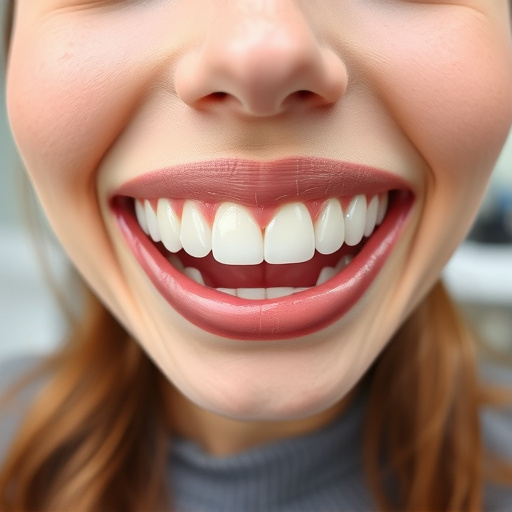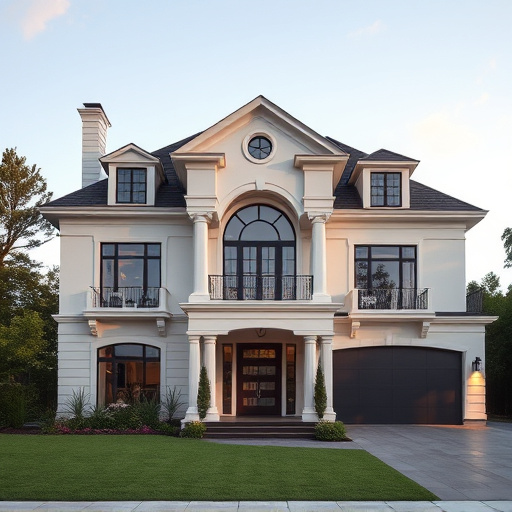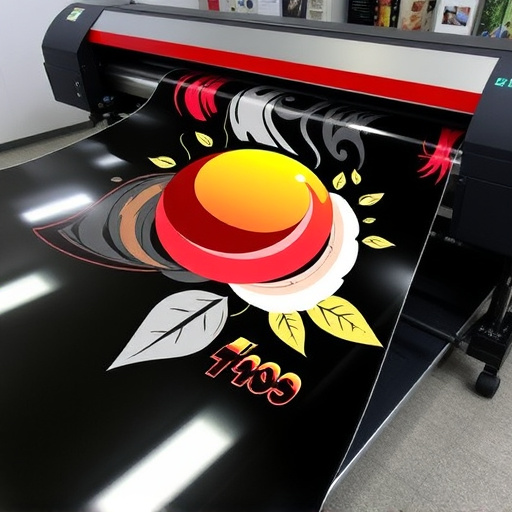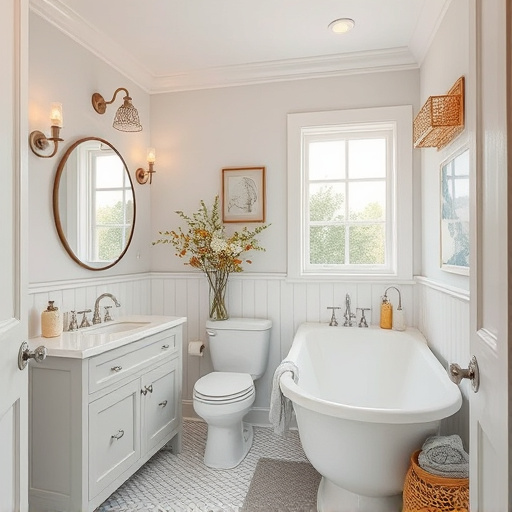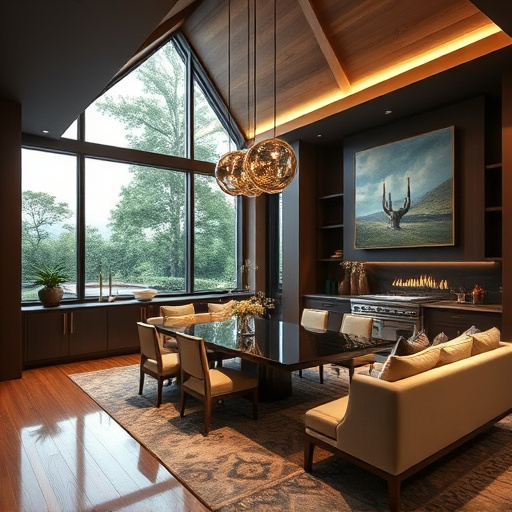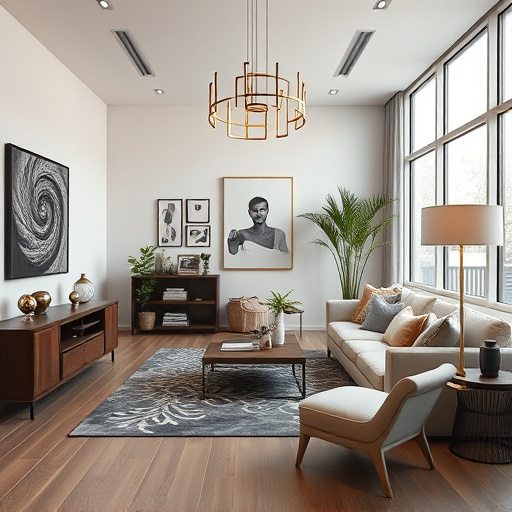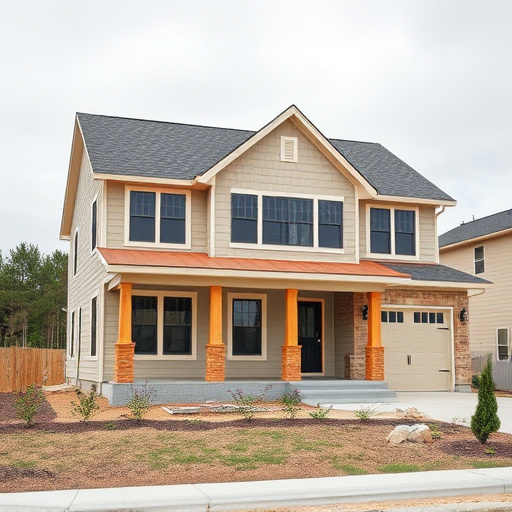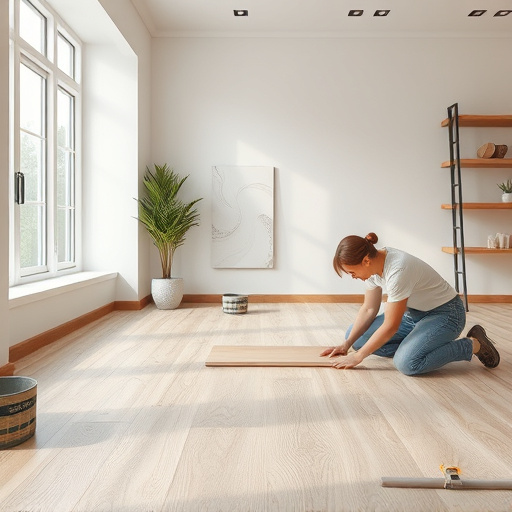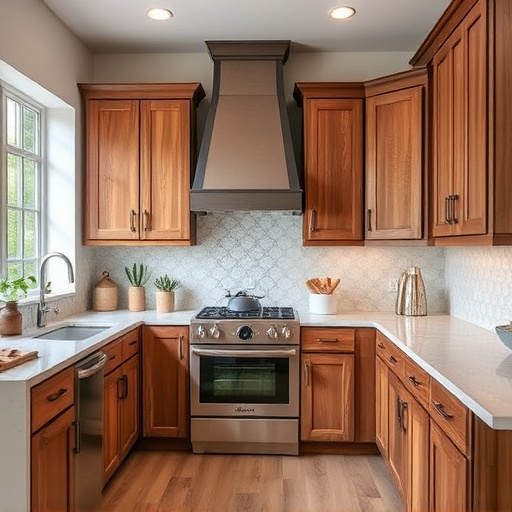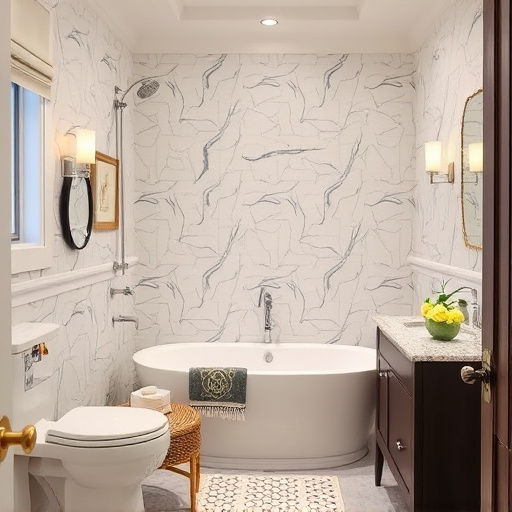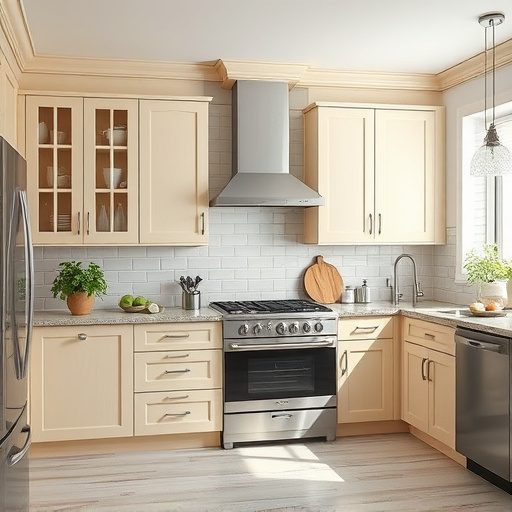Color psychology is a crucial tool for commercial designers, enabling them to create spaces that evoke specific emotional responses through color associations and influences on human behavior. In sectors like kitchens and baths, color plays a vital role in customized home renovations. Strategically incorporating colors aligned with desired outcomes transforms ordinary spaces into captivating environments resonating with target audiences. Commercial design leverages color theory to craft visually appealing, impactful areas that cater to both practical needs and emotional responses, enhancing user experiences, encouraging engagement, and fostering productivity. This meticulous selection process ensures spaces are aesthetically appealing, emotionally resonant, and functionally optimized, contributing to the overall success of commercial projects.
In the realm of commercial design, color psychology plays a pivotal role in shaping consumer behavior and brand perception. Understanding how hues evoke emotional responses allows designers to create visually appealing spaces that resonate with audiences. This article explores the intricate interplay between color theory and commercial design, delving into strategies for harmonious visual composition. Through case studies, we demonstrate how thoughtful color choices can drive engagement, enhance brand identity, and ultimately influence purchasing decisions in various market segments. Discover the power of color psychology in transforming commercial spaces into captivating experiences.
- Understanding Color Psychology: Unlocking Emotional Responses in Commercial Spaces
- Applying Color Theory in Commercial Design: Creating Visual Harmonies
- Case Studies: How Color Psychology Influences Consumer Behavior and Brand Perception
Understanding Color Psychology: Unlocking Emotional Responses in Commercial Spaces
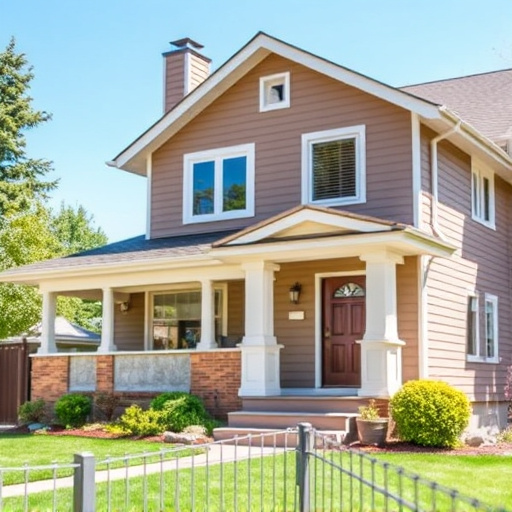
Understanding Color psychology is a powerful tool for commercial designers aiming to create spaces that evoke specific emotional responses from their occupants. Different colors have unique associations and influences on human behavior, which can be leveraged to enhance various aspects of a commercial space, from brand identity to customer engagement. For instance, vibrant reds are often linked to passion and urgency, making them suitable for promotions or emergency exits in retail stores. Meanwhile, calming blues inspire tranquility, making this color ideal for creating relaxed atmospheres in healthcare facilities or waiting areas.
In the realm of commercial design, especially in spaces like kitchens and baths, where aesthetics meet functionality, color plays a pivotal role. Customized home renovations benefit greatly from color psychology, allowing designers to tailor environments to suit individual preferences and intended uses. Similarly, when crafting customized work spaces, color choices can influence productivity, creativity, and employee satisfaction. By strategically incorporating colors that align with desired emotional outcomes, commercial designers can transform ordinary spaces into captivating environments that resonate with their target audiences.
Applying Color Theory in Commercial Design: Creating Visual Harmonies

In commercial design, applying color theory is a powerful tool for creating visually harmonious and impactful spaces. By understanding how colors interact—complementing, contrasting, or neutralizing each other—designers can strategically evoke specific emotional responses from their target audience. For example, vibrant hues in a retail setting may attract attention and stimulate excitement, while more subdued tones in an office environment can foster a sense of calm and productivity. This meticulous color selection process is crucial for creating functional spaces that not only cater to the practical needs of businesses but also engage their customers or employees.
When planning a kitchen remodel or considering a multiple room remodel, incorporating color theory ensures a cohesive design that enhances the overall user experience. For instance, pairing warm colors in dining areas can create a welcoming atmosphere, encouraging patrons to linger longer. In contrast, cool tones in work areas can promote focus and concentration. This strategic use of color goes beyond aesthetics; it influences behavior and contributes to the success of commercial spaces, making them more than just visually appealing—but also emotionally resonant and functionally optimized.
Case Studies: How Color Psychology Influences Consumer Behavior and Brand Perception

Color psychology plays a pivotal role in shaping consumer behavior and brand perception within the realm of commercial design. Numerous case studies highlight the impact of color choices on various aspects of marketing, from increasing brand recall to influencing purchasing decisions. For instance, a study conducted by Harvard Business Review revealed that companies using warmer colors like red and orange saw higher rates of customer engagement compared to those relying on cooler tones. This phenomenon is often attributed to the association of warm hues with energy, excitement, and urgency—all factors that can drive sales.
In the context of commercial spaces, understanding these psychological effects is particularly relevant for businesses aiming to create memorable brand experiences. Consider a retail store where the interior design meticulously incorporates specific colors to evoke desired emotions. Research suggests that blue-toned environments promote calmness and trust, making it an ideal choice for financial institutions. Conversely, yellow can enhance creativity and optimism, suitable for innovation-focused startups. These strategic applications of color psychology not only influence how customers perceive a brand but also shape their overall experience, potentially leading to increased loyalty and positive associations with the commercial design and renovation services offered.
Color psychology plays a pivotal role in shaping consumer behavior and brand perception within commercial spaces. By understanding the emotional responses triggered by different hues, designers can strategically apply color theory to create visually appealing and effective marketing environments. The case studies presented demonstrate that thoughtful color choices can significantly influence customer experiences, encouraging engagement and fostering positive brand associations. Incorporating color psychology into commercial design is a powerful tool for businesses aiming to enhance their visual impact and connect with their target audiences on a deeper level.
